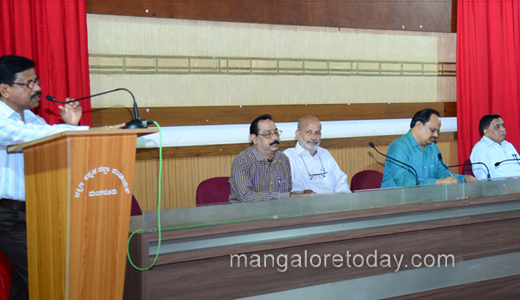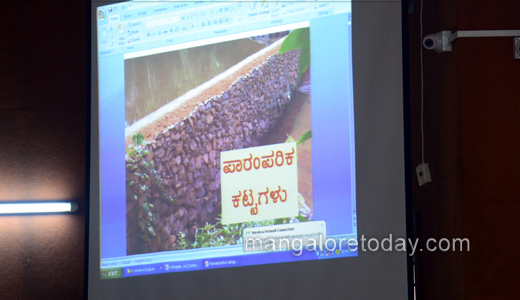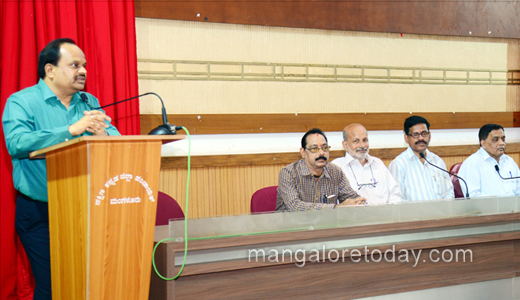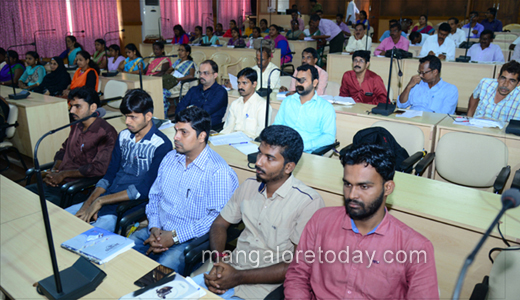
Traditional ‘kattas’ to be back in Dakshina Kannada: ZP CEO
Mangalore Today News Network
Mangaluru, August 25, 2017: Traditional temporary water-arresting structures called ‘kattas’, that were once common across Dakshina Kannada when paddy was the major crop, disappeared when farmers shifted to the commercial arecanut. Borewells replaced ‘kattas’, resulting in the depletion of groundwater.
But deviating from the government’s tendency to drill more borewells to meet water shortage, the Dakshina Kannada Zilla Panchyat has decided to promote the traditional knowledge and technology by building ‘kattas’ in the district.




According to M.R. Ravi, chief executive officer (CEO) of the ZP, there will be efforts to build around 500 ‘kattas’ using the scheme under the Mahatma Gandhi National Rural Employment Guarantee Act (MNREGA) this financial year.
‘Kattas’ are built across flowing waterbodies after rains. They are temporary structures in the form of barricades erected across rivers, streams and rivulets to hold back the flowing water for farming purposes in winter and summer.
ZP’s plans: Addressing Panchayat Raj officials and elected representatives of rural local bodies at an awareness programme on ‘kattas’ on Aug 24, Thursday, CEO Ravi said the construction cost of each ‘katta’ is estimated to be below Rs. 1 lakh. The panchayat wants to build at least 100 ‘kattas’ in each of the five taluks.
The CEO said there was a need for introspection on the sidelining of traditional knowledge and technology, which has resulted in water scarcity, something that was not common in Dakshina Kannada. Bantwal and Mangaluru taluks were declared drought-hit by the government for the first time recently.
Sand availablility : Varanashi Krishnamurthy, resource person and promoter of ‘kattas’, said farmers have adopted different types of traditional technology for constructing ‘kattas’.
He said that enough sand was available in the Netravathi and at least 10 ‘kattas’ using plastic sheets could be built across the river at various locations.
Krishnamurthy also said that at least 20 ‘kattas’ could be built using the money being spent by the Minor Irrigation Department on building one vented dam. According to officials, of about 1,500 vented dams in Dakshina Kannada, more than 1,000 are not in use now because of maintenance issues. Hence, vented dams are not the solution to replacing ‘kattas’.